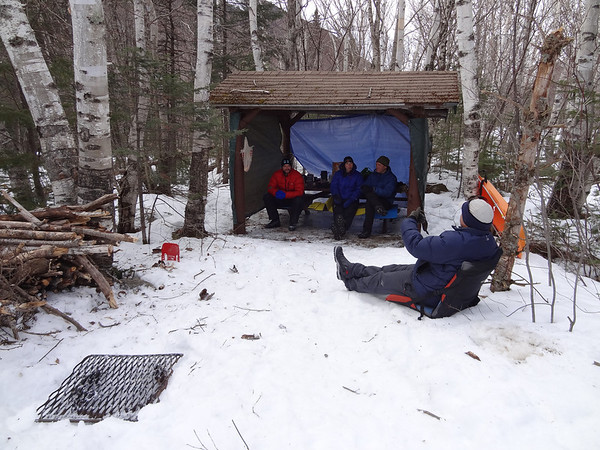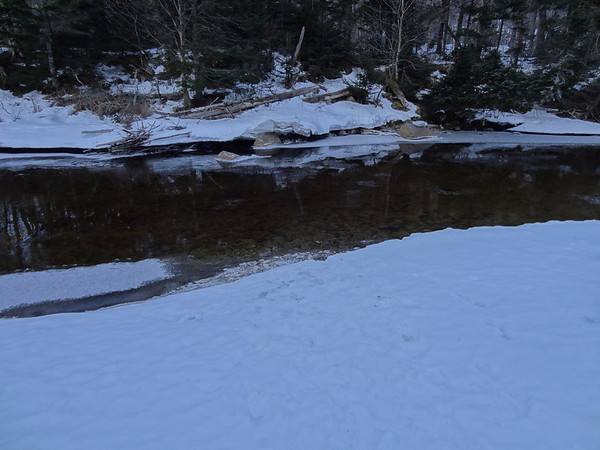pulk perplexes me. Seems that one should be able to carry everything in a pack. On a winter trip that lasts 3 nights versus summer trip that lasts 3 nights your extra weight will come with a couple of pounds for a winter sleeping bag, 2 pounds for winter insulation clothes, 2 pounds for extra fuel for theoretical melting of water ;-)...
If you pack reasonably light in the summer your your pack weight will be 30 lbs or less. For a winter trip I think it's completely reasonable to get by with a 40lb pack.
Is the pulk for the beer ?

It isn't just weight. The gear volume increases significantly too.
Some comparisons between my late summer / early fall overnight gear and my winter gear. Also almost of my trips are solo, so no shared gear.
- 6x8 silnylon tarp and tyvek ground cloth VS. two person four season tent (extra room is a bit of a luxury)
- quilt VS -20F sleeping bag and liner
- trail runners VS Pac boots with microspikes, snow shoes, crampons
- stoveless or collapsible wood stove VS Svea 123R white gas stove and fuel gas bottle
- single 1.3L Ti pot VS two AL pots with pot holder and lids & pot cozies
- two 1L gatorade bottles VS two nalgenes with insulators and a thermos
- tiny swiss army knife VS leatherman multi tool
- winter clothing adders: camp booties, fleece pants, wool sweater, down parka, balaclava
- winter safety adders - spare head lamp, "extra" food and fuel, spare gloves, spare glove liners, mittens with wp shells, third pair of socks, goggles, misc gear repair items
- winter luxuries - paperback novel, hand crank weather band radio, snow shovel, and a candle lantern
There may be other items too. Those differences are just off the top of my head.


